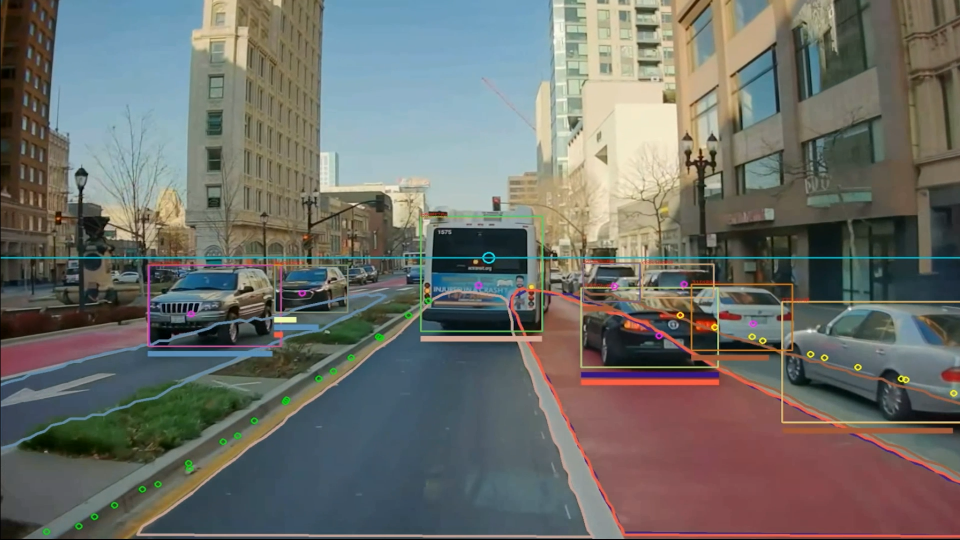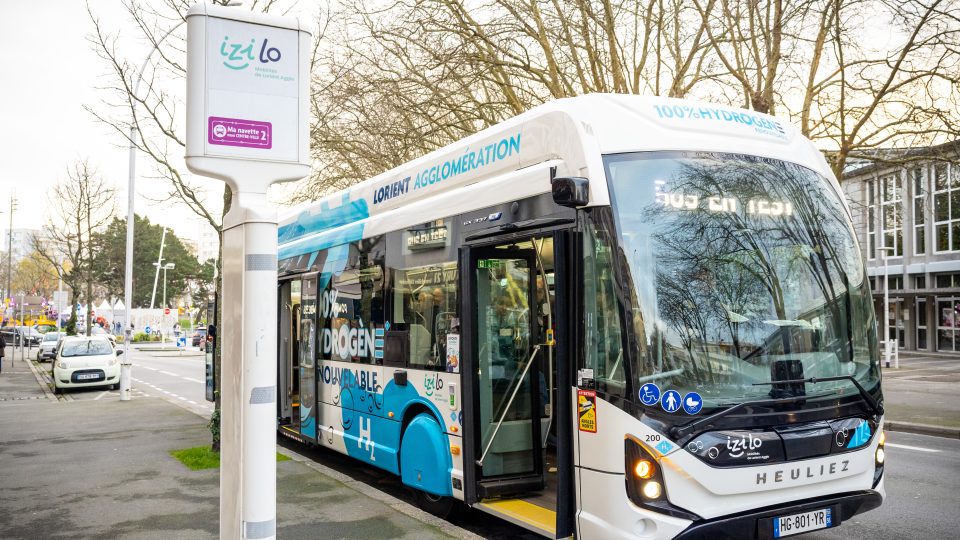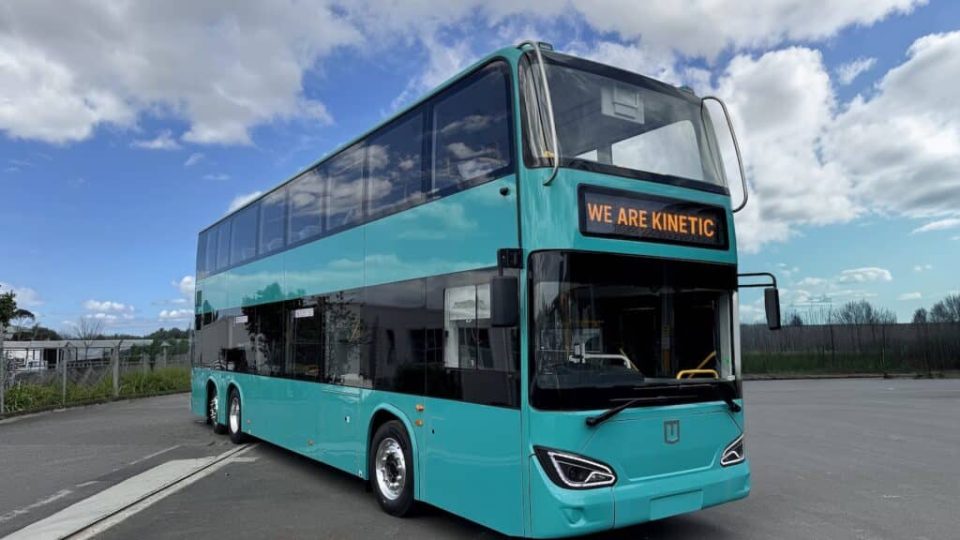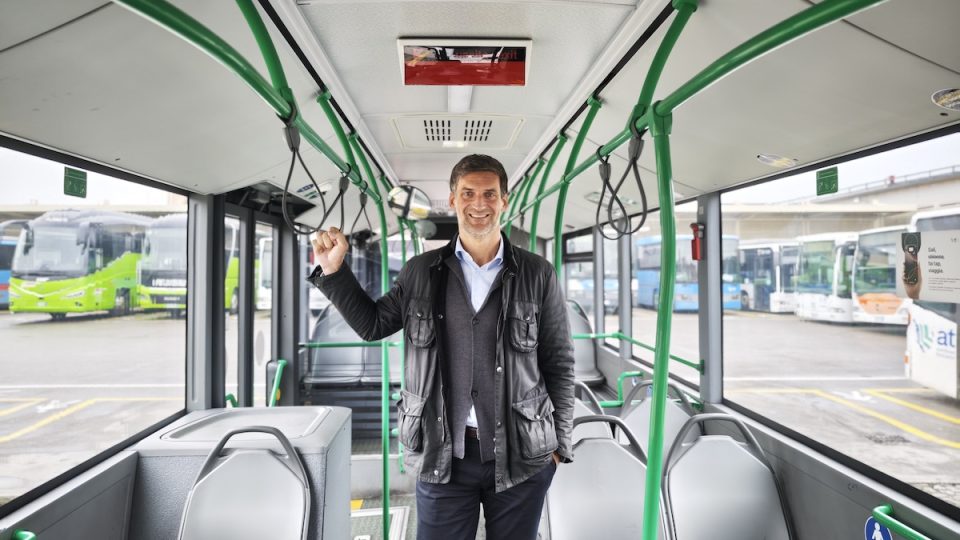Over 2,400 zero emission school buses funded in the US through EPA Clean School Bus Program
The Biden-Harris Administration announced the Fiscal Year 2022 recipients of the U.S. Environmental Protection Agency’s (EPA) Clean School Bus Program rebate competition, awarding nearly $1 billion from President Biden’s Bipartisan Infrastructure Law to 389 school districts spanning 50 states, Washington, DC, and several Tribes and U.S. territories. The grants will help school districts purchase over 2,400 […]

The Biden-Harris Administration announced the Fiscal Year 2022 recipients of the U.S. Environmental Protection Agency’s (EPA) Clean School Bus Program rebate competition, awarding nearly $1 billion from President Biden’s Bipartisan Infrastructure Law to 389 school districts spanning 50 states, Washington, DC, and several Tribes and U.S. territories.
The grants will help school districts purchase over 2,400 zero emission school buses that will accelerate the transition to zero emission vehicles and produce cleaner air in and around schools and communities.
These awards are the first $1 billion of a five-year, $5 billion program created by President Biden’s Bipartisan Infrastructure Law. EPA is also designing the next rounds of program funding to launch in the coming months, which will include an ambitious grant competition. Through future rounds of funding, EPA will make available another $1 billion for clean school buses in Fiscal Year 2023.
The electric school bus market in the US
Given the strong push by the current administration to zero emission vehicles, electric school buses are gaining more traction in the North American bus market: according to forecasts, 27,000 units are to be built in ten years in the US. It is worth mentioning that New York City school bus fleet must be fully electric by 2035 (Boston by 2030).
Over 12,000 committed electric school buses had been tracked by WRI Electric School Bus (ESB) initiative across the United States as of March 31, 2022. That’s more than 10,000 additional electric school buses since the release of WRI’s January 2022 dataset and almost a 10-fold increase since WRI began tracking electric school bus adoption in August 2021.
While Thomas has the highest number of committed electric school buses, Blue Bird currently leads in the number of buses that have been delivered or are in operation, WRI says.
EPA financing 2,463 buses, 95% electric
In May, EPA announced the availability of $500 million for its Clean School Bus Program. Given overwhelming demand from school districts across the country, including in low-income communities, Tribal nations, and territories, EPA says it has nearly doubled the amount of funding that will be awarded to $965 million. The rebate application period closed in August with an outstanding response from school districts seeking to purchase electric and low-emission school buses across the country, EPA adds.
At this time, through a lottery system, the agency has selected 389 applications totaling $913 million to support the purchase of 2,463 buses, 95% of which will be electric. EPA will distribute awards to school districts in all 50 states and Washington D.C., along with several federally recognized Tribes and U.S. territories. School districts identified as priority areas serving low-income, rural, and, or Tribal students make up 99% of the projects that were selected. More applications are under review, and the agency plans to select more to reach the full $965 million in the coming weeks.
Those school districts who received an award can now proceed with purchasing new buses and eligible infrastructure. Selectees will need to submit Payment Request Forms with purchase orders demonstrating they have ordered new buses and eligible infrastructure. EPA is also partnering with the U.S. Department of Energy and Department of Transportation to provide school districts with robust technical assistance to ensure effective implementation.
“President Biden’s historic Bipartisan Infrastructure Law is accelerating our nation’s transition to electric and low-emission school buses while ensuring a brighter, healthier future for our children,” said EPA Administrator Michael S. Regan. “As many as 25 million children rely on the bus to get to school each day. Thanks to the Biden-Harris Administration, we are making an unprecedented investment in our children’s health, especially those in communities overburdened by air pollution. This is just the beginning of our work to build a healthier future, reduce climate pollution, and ensure the clean, breathable air that all our children deserve.”









